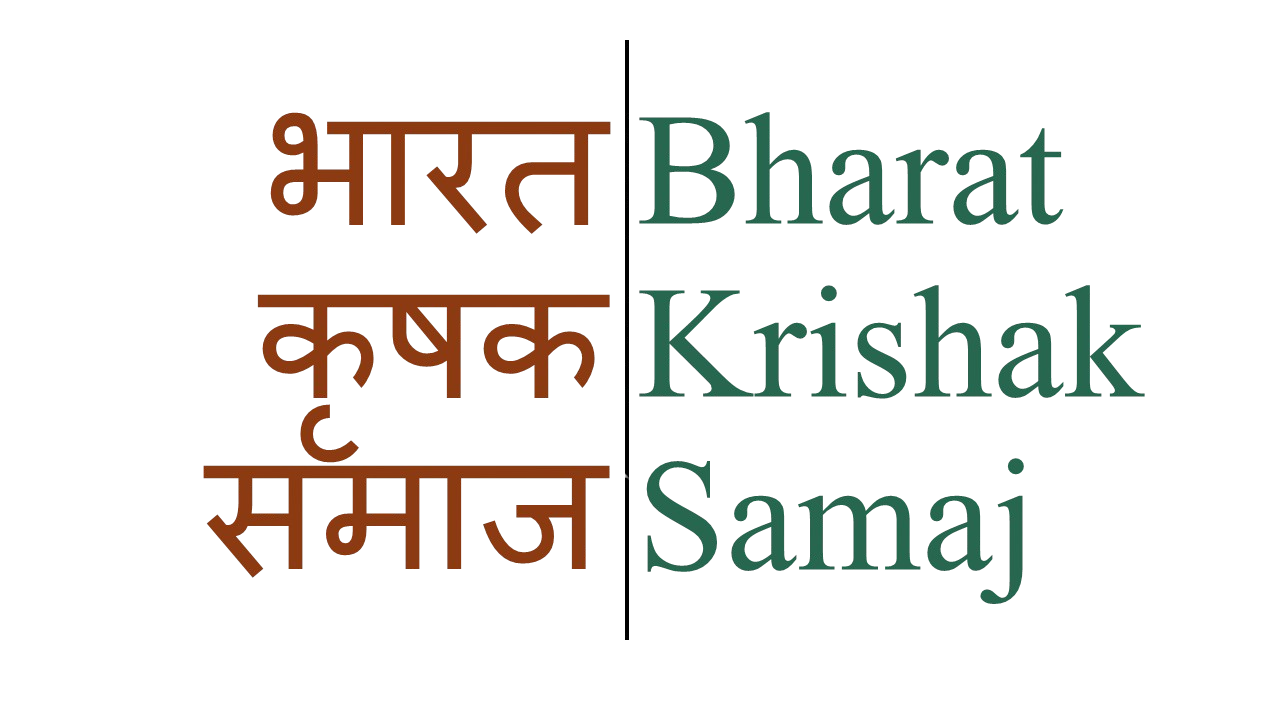Despite myriad difficulties, farmers will meet national targets of food production but will the nation work to make farming a profitable profession?
Indian farmers dread the future wherein the nation refuses to acknowledge the distinction between increasing agricultural production and economic sustainability of farmers. The challenges facing Indian agriculture are unique worldwide. William Shakespeare, ‘’tis true; ’tis true ’tis pity; And pity ’tis ’tis true’, expressing Hamlet’s agony at his pitiable state of failing to avenge his father’s death, is well reflected in the agony of Indian farmer who are unable to take charge of their own destiny. Matters are made worse for the farmer because India is trying to feed 17 per cent of the world population with barely 2.4 per cent of the arable area, 4.2 per cent water and 11 per cent of global livestock.
Around 6o per cent of Indian farms are rain-fed and only on 45 per cent of the land do farmers plant more than one crop a year. Compounded by climate change implications for tropical areas, the task for Indian farmers appears daunting indeed. India’s population may stabilise by 2040 but improved prosperity is leading to a much higher proportionate increase in food demand, especially for proteins. The demand for cereals is expected to stabilise sooner than other food items. How are funds being allocated to address this critical demand scenario? An iconic democracy of the world has an ironic allocation of funds. Whereas the government expenditure on MGNREGA is ₹40,000 crore and the food subsidy expenditure of ₹60,000 crore is likely to rise to ₹1,00,000 crore with the enactment of the Right to Food Bill, the budget for the agriculture ministry is a paltry ₹15,000 crore.
Therefore, a mammoth 55 per cent of India contributes to 14 per cent of the GDP while the minuscule 1.5 per cent employed in the automobile sector will contribute to about the same in a few years. Such lopsided policies that overlook agriculture are forcing the rural youth to migrate to cities. Just as the investment in the Pradhan Mantri Gram Sadak Yojana was the best initiative for increasing farmers’ sustainability and promoting inclusive growth, investments are required in developing agriculture infrastructure and R&D.
Preconceived notions need to change, too. The fertiliser subsidy bill of ₹60,000 crore is supposedly meant for farmers while it is actually used to keep the cost of food low for consumers at large. Feminisation of Indian agriculture is even less understood. While more than 70 per cent of farm workers are women, less than two per cent participate in the decision-making process. Financial institutions also need to be pulled up and made accountable for hoodwinking the nation by fudging the agriculture lending portfolio data, whereby only 10 per cent of small and marginal farmers — comprising 85 per cent of total farmers — have access to farm credit.
Food inflation is another problem area. The government will be able to reduce it to acceptable limits if transparency is introduced in the pricing mechanism, along with real-time market intelligence and market reforms, rather than allowing the licence raj of the mandis to continue fleecing the farmers as well as consumers. Like the rest of the country, farming has its paradoxes. India is the world’s second-largest producer of fruit and vegetables and leads in the production of peas and okra. It is the largest producer of fruits such as mangoes, bananas, papayas and pomegranates. Despite this, India lags behind global average yields for most crops.
That apart, there are big gaps even between the yields of different farmers in the same areas, more so between university laboratories and farms in different states. This offers immense hope for increasing yields substantially at every level to meet the nation’s food requirements. Just as in the green revolution of the 1960s, better technology, better seeds and better inter-governmental coordination is required. Over-regulation and ill-conceived policies enforced by urban electorate is killing the agriculture revolution. The pressure of circumstances does not allow the farmer to grow in his areas of core competence. His choice is limited. The magic pill to solve such problems would be extension services; the act of transferring existing knowledge to farmers. Only via a combination of science and traditional practices and the use of biotechnology and precision farming can India meet its goals of diversification and demand.
Farmers and by nature optimistic. They sow with nothing more than hope of timely rains and adequate production. Even when they manage a good harvest, the monopoly of malicious traders and ill-conceived policies deny them remunerative prices. Government initiatives in the recent past have focused on reducing prices for urban consumers, rather than making farming a profitable enterprise. The government’s compulsions in making food affordable for consumers is well received but this should not be at the cost of the farming community. Yes that has been the bitter truth this far.
In spite of myriad difficulties, farmers will meet national targets of food production. But will the nation be willing to make farming a profitable profession?




